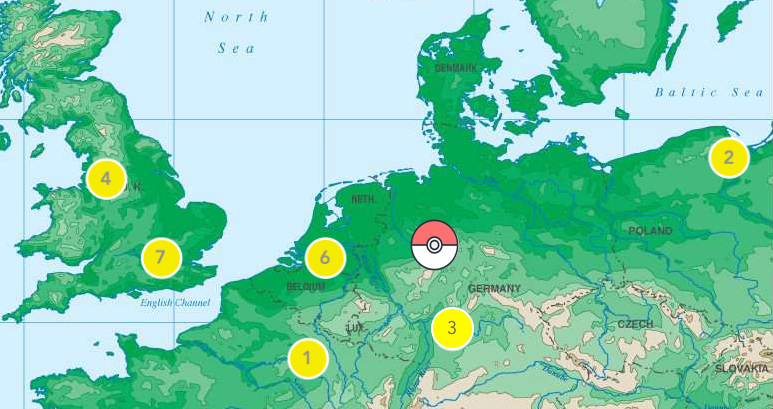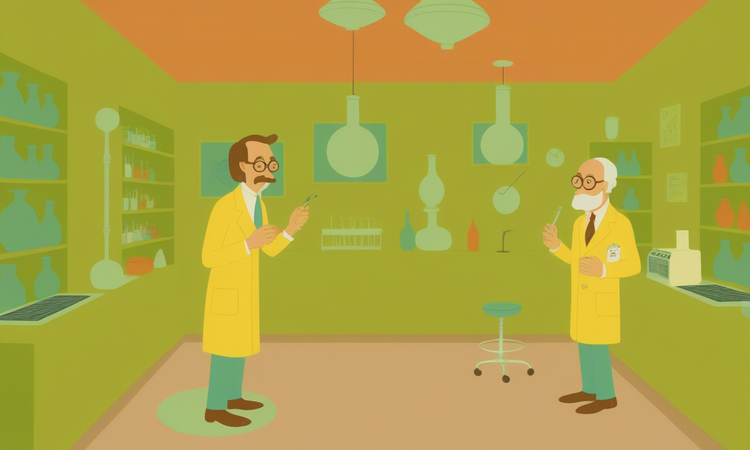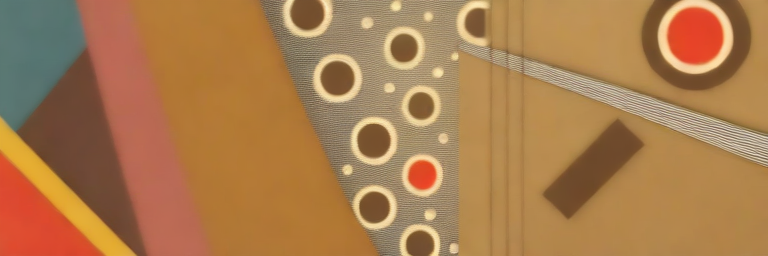Pokemon Travelogue: Liverpool
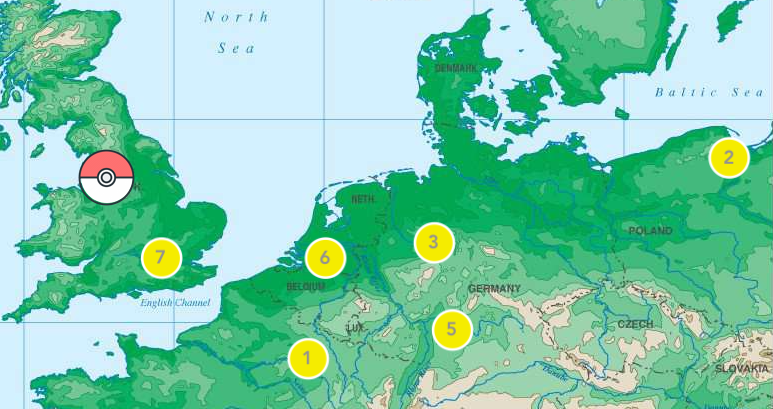
Intro to a third tier city
Allow me to recount for you the conversation I had with the cab driver upon our arrival to Liverpool:
He: Where you from?
Me: We live in the Netherlands, but we’re American.
He: Americans who live in the Netherlands, huh? So I bet you’re here for the football.
Me: Actually, no. We’re here for Pokemon.
He: I don’t even know what that means. Most people who come here, they’re coming for 2 things: Liverpool football or the Beatles. And no one who is actually from Liverpool cares about those 2 things.
So, there you go - those are probably the 2 things you are most likely to associate with Liverpool, and the Liverpudlians don’t care about them.
But someone in the Liverpool government or tourist board hired some expensive consultants at some point in the past who told them to really focus on those things, so they are everywhere…but, like, not in a cool or interesting way?
How we’re rolling
The original plan was to take the Eurostar train to London, then catch another train from London to Liverpool. That London to Liverpool line doesn’t run nearly as often as you might imagine, further cementing the idea that England is kind of “London metro” and “Everywhere else.” The absence of local rail service in Liverpool was pretty conspicuous.
So instead, we flew there and back. I have lamented the experience of air travel here in the past, but on the outbound trip this time it occurred to me that air travel isn’t actually so singular an experience. Air travel is like Dante’s Divine Comedy:
- Pretty much all domestic economy class air travel lands in one of the circles of hell. If you’re flying some sort of budget airline or regional carrier, then you’re squarely in those central circles of hell complete with weeping and gnashing of teeth. If you’re on one of the larger carriers or if you did something like pay money for an extra couple inches of legroom, you might land in one of the outer circles. The boarding process will actually feel like you are in a cattle pen, just without the promise of the sweet release of death at the end. You know the whole time that the airline is going to do whatever it can to pull a fast one on you and get you to pay them more money, and despite the fact that the thing is not worth the money they will probably force you into a position where you have to do it.
- Long haul international travel is purgatory. You probably have a humane amount of space. You’ll be served some meals and some drinks, and these days the quality will be fine, maybe even pretty good. You probably have an outlet and working in flight entertainment system, and it has lots of options. The process of boarding will leave you feeling like a herd of cattle. You still get to experience all of the anxiety of trying to get places on time, and you still are kind of worried about whether your baggage is going to arrive. But you may have flown domestic at some point, and you’re thankful that it isn’t that. At the same time, you got a fleeting glimpse of what it looked like if you had turned left when you boarded instead of right, so you know that a better world is possible.
- And then there’s the paradise of business class & first class. If you check luggage, it gets tagged with a paper that grants it priority handling and assures it will be one of the first pieces unloaded. You breeze through security in the fast lane and head to the lounge where you sit in a comfortable chair, pick at a plate of food, and experience a zen moment of calm before you again breeze through the line to board and find yourself in - minimally - a very comfortable chair or - maximally - a literal suite with a bed, sofa, and large screen television. The flight staff will be very nice to you, and if you ask them for something they will almost certainly comply. You might sleep actual deep restful sleep, and you’ll arrive, quickly deplane and be on your way.
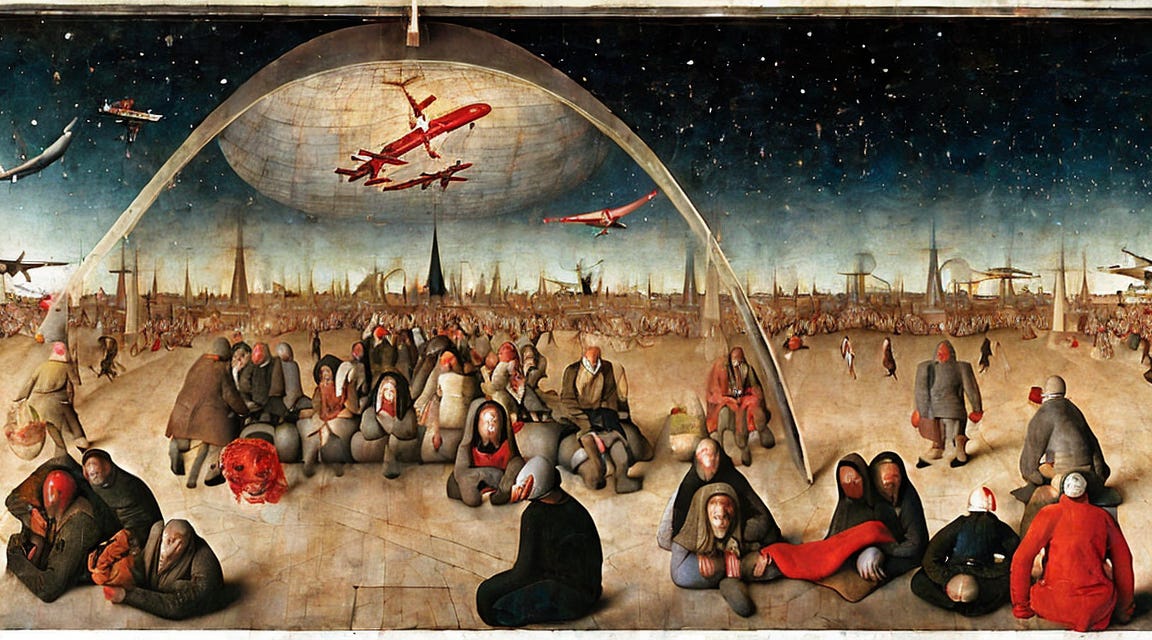
We were on a budget carrier where we actually had a novel experience that lands somewhere in one of the middle circles of hell, which was the “Go to gate” line on the departure screen accompanied by not an actual specific gate but rather a general area where the gate would be (in our case, not H3 - the actual gate we eventually used - but, simply, H). So you go, and there you find 7 gates with enough seating for 1 gate. Everyone stands around anxiously watching the monitor, because they’re all waiting to find out their actual gate, knowing full well that it’ll be announced something like 7 minutes before boarding closes and the airline will charge you some sort of late fee in order to actually board (note: this didn’t actually happen, but it felt well within the realm of possibility).
What we’re playing
Tommy is sticking with their ride or die deck, Rapid Strike. Over the holidays, we played a lot of Pokemon together, and both kids let me use the Rapid Strike deck - and at this point, I totally get it; it’s a really fun deck to play with a lot of different ways to play it. It is also in the end stages of its lifecyle: almost every card in it will have been rotated out of legal play by the European Championship in April. So at some point this season “What Tommy is playing” will change. To what? That remains a mystery.
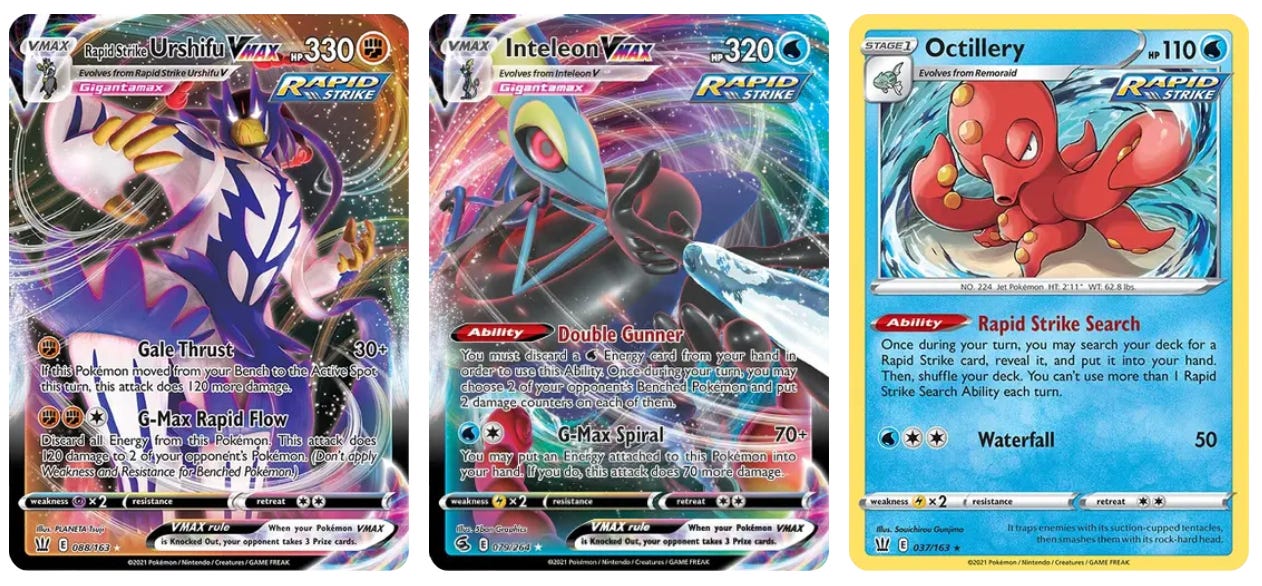
Nate already changed it up once this season, and for Liverpool he went ahead and did it again…but he’s still staying in his “Bulky attackers who hit really hard” lane and going with the very popular Charizard EX/Pidgeot EX deck.
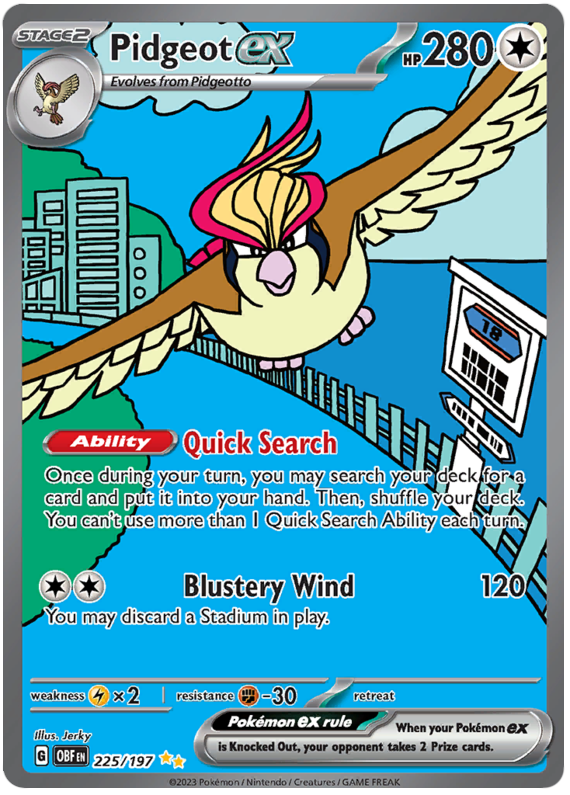
The deck has a fun little wrinkle to it: its main attacker (Charizard EX) has an attack that grows stronger the better its opponent is playing, so it’s engineered to fall a little bit behind and then come out swinging. The Zard is a pretty popular deck, so it’s not exactly a strategic mystery, but it suits Nate and his preferences.
Where we’re eating
A little bit of quick googling before heading to Liverpool made it seem almost like a panacea for gluten-free dining, and while it was indeed true that there were lots of different gluten-free options across a wide range of style of cuisines, based on our experience the real problem was that the food in general was all pretty mediocre. The kids were delighted to have gluten free pizza, but the pizza place used some of the lowest quality ingredients I’ve ever encountered. We had savoury pies, which were utterly unremarkable. The UK has a historical reputation for uninspiring food - a reputation which London has done a lot to change in the past couple decades. Liverpool is not London.
I’ve also got some beef with delivery apps, but it’s pretty “first world problem” complaining, so I’m going to drop it into a long footnote1.
Let it suffice to say, I was not impressed with the Liverpool culinary experience.
How we did
Liverpool was the biggest regional tournament ever in Europe - almost 2,000 competitors across the 3 age divisions for the card game, including 136 juniors. This is huge. Because there were more than 128 competitors, the top 64 would all earn championship points.
Of course, we weren’t there to play for top 64. Tommy, in particular, was still feeling the sting of that 9th place finish and was hungry for a top 8.
Heading into round 8, Tommy’s record was 5 wins, 1 loss, and 1 draw. 16 points on the board, and we could see that the cutoff for top 8 would be at least 18 points. This is what we call a “win & in” - win that final round, and punch your ticket to top 8; lose or draw, and you’re out.
Tommy was paired against his worst matchup - a Roaring Moon player. Tommy played an incredible match and damn near won. Alas, they took the loss.
And then, adding a little bit of salt into the wound, we realized that 16 points wouldn’t even be good enough to stay in the top 16. That final loss slid Tommy all the way down to 17. Now, 17 out of 136 is still really good…but 16 gets 80 championship points and 17 gets only 60. It’s a bitter pill to swallow. A couple things break a bit differently, and Tommy could easily have made not just the top 8 but the top 4. This time, however, it was not to be.
Nate didn’t fare much better, playing to 5 wins and 3 losses and a 33rd place finish - good for 50 championship points and leaving him 10 points shy of world championship qualification.
But - plot twist - Nate signed up for the consolation tournament on Sunday (essentially, a shorter tournament that the top 8 players from the big event are unable to compete in because they’re playing the elimination bracket) and managed to land in the top 8 there, securing an additional 25 championship points.
So, all was not for naught - Nate is now world championship eligible, and even Tommy tacked on another 20 points in the consolation tournament, elevating them up to the 25th spot in the European juniors, a mere 3 spots away from the travel award to Hawaii. Now, it gets harder to move up the higher you go…but there’s certainly a window of opportunity that remains open.
A Digression: Pettiness & tournament seeding
Something to know about me is that the thing I enjoy the most about sport and competition in general is pettiness. Sure, I enjoy a jawdropping display of prowess as much as the next guy, but I love when one competitor does something petty to another competitor.
And as a fan of pettiness, I feel that most competitions that use a seeding system are missing out on a huge opportunity for some top quality pettiness.
Here’s how nearly every seeded tournament works:
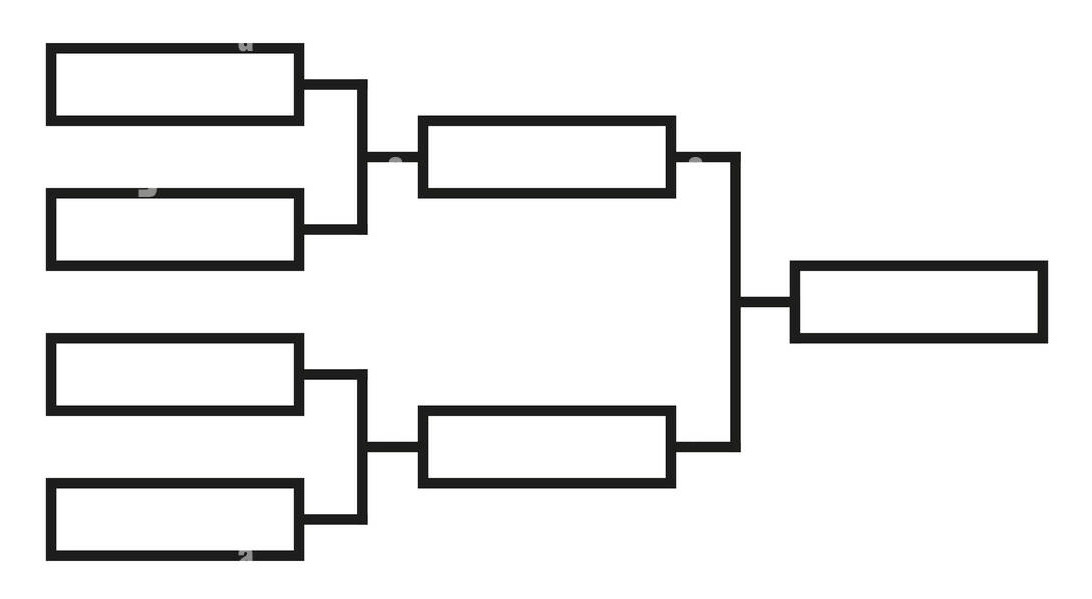
- based on past performance, every competitor is assigned a seed. The higher the seed, the better the past performance.
- the top seed is matched up against the lowest seed, the second highest against the second lowest, etc - the idea here being that the advantage of the higher seed is that you face the weakest opponent.
Here’s what I want instead:
- keep the seeding mechanism the same. It’s fine and totally makes sense.
- Instead of automatically matching seeds, the top seed gains the right to choose its opponent from any of the bottom half, the second seed gets to choose next, and so on.
This particularly makes sense in any sort of competition where there might be contrasting strategic approaches, because you might prefer to face off against an opponent that is stronger on paper but has some sort of strategic weakness. Also - things happen! In team sports, sometimes a significant contributor gets injured, so you might prefer to play a team with a better record that is missing a key piece.
But it’s especially great from a pettiness perspective because it introduces the animosities that can arise from the simple act of choice. When you choose your competitor, you are saying, “hey, I view you as the weakest opponent in the field.” And the competitor might be affronted and feel even more motivated to prove you wrong; if they fail to do so, you can be pettily dismissive.
It becomes the best in later rounds of a competition assuming that you continue to create matchups in this way in every round, because as the field thins, you might start to make choices that don’t just maximize your own benefit but also choices that could maximize the disadvantage to whoever is choosing after you. Imagine a final 4 scenario where you match up slightly better against the 4 seed than the 3 seed, but you know that the 2 seed matches up terribly against the 4 seed. You could choose to take on the 3 seed and give the 2 seed a harder time. That’s delightfully petty. I support it.
Anyway, this does not happen in Pokemon, but it should because competitors frequently have no incentive to go for the top seeds if they know that they’ll make the top 8, and often in the top 8 you’ll see the scenario where the 1 seed draws a really bad strategic matchup. It would be better if they had the choice to avoid it.
Can we talk about how underwhelming delivery apps are? While this time wasn’t nearly as bad as the Stuttgart catastrophe, our savoury pie delivery was just kind of baffling for all the ways that it disappointed. To wit:
I placed an order. The delivery app said to me, “hey, you can add in another order from somewhere else and pay no delivery fee” so I ordered the kids some dessert. I assumed that what I was doing was giving a second order to the same delivery rider. This was not the case. Instead, it was two different orders. This is materially different from one rider with two orders, because those two orders are coordinated and delivered at the same time. Guess what - the dessert order arrived a half hour ahead of the dinner order. And maybe travelers staying in hotels are not the normative use case (but I’d bet it’s still a pretty big piece of the pie), having two different deliveries arrive means having to keep trekking back and forth to the hotel room if they arrivals are going to be more than like 10 minutes apart.
Both of my orders - both of my takeout orders - were delivered without napkins or cutlery. Here’s the thing about that: I know that sometimes in order to reduce unnecessary waste, you have to request these things by ticking a box. Neither of the restaurants even offered that as an option. Instead, the delivery app actually has a help page for “what if my order arrived without napkins or cutlery?” It does not allow you to register a complaint, but instead it suggests that you should probably leave a note in the order requesting cutlery. This is entirely non-obvious, not uniform across markets even in the same delivery app, and apparently common enough that it necessitates a dedicated support page. The support page also notes that you can provide feedback to the restaurant by leaving it in the review, except - and I hadn’t seen this anywhere else before - the review feature is disabled.
Yes, yes, I know that all of this is whinge-ing; these are not the real tragedies in the world. We still ate and were satisfied, and if not for the fact that I’m documenting this here, it would be entirely forgotten before the next event even rolls around. But this is the story of late stage capitalism - start with a good thing and then gradually diminish it to maximize profitability, making both the customer experience worse and the sustainability for the actual labourers involved even more tenuous. ↩


